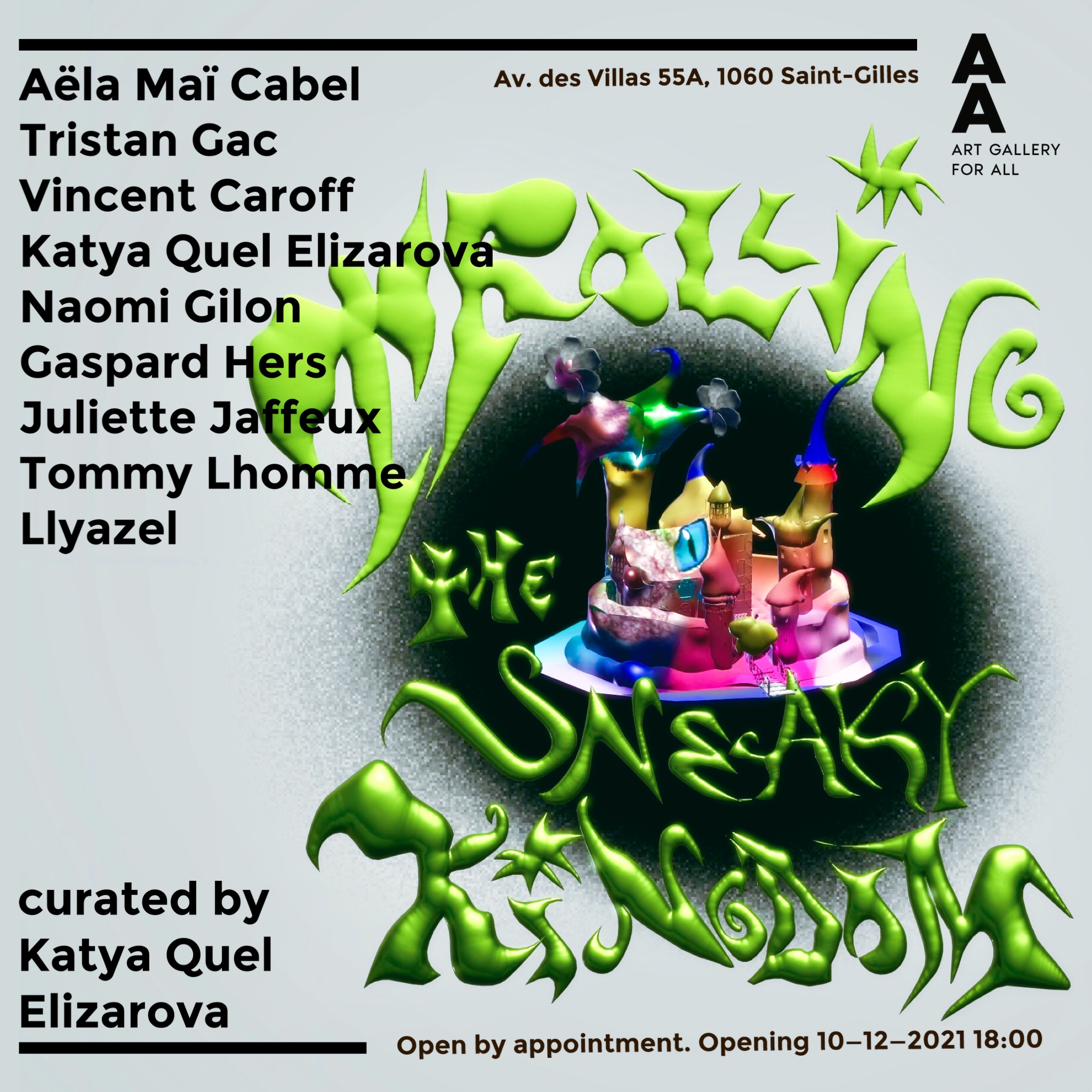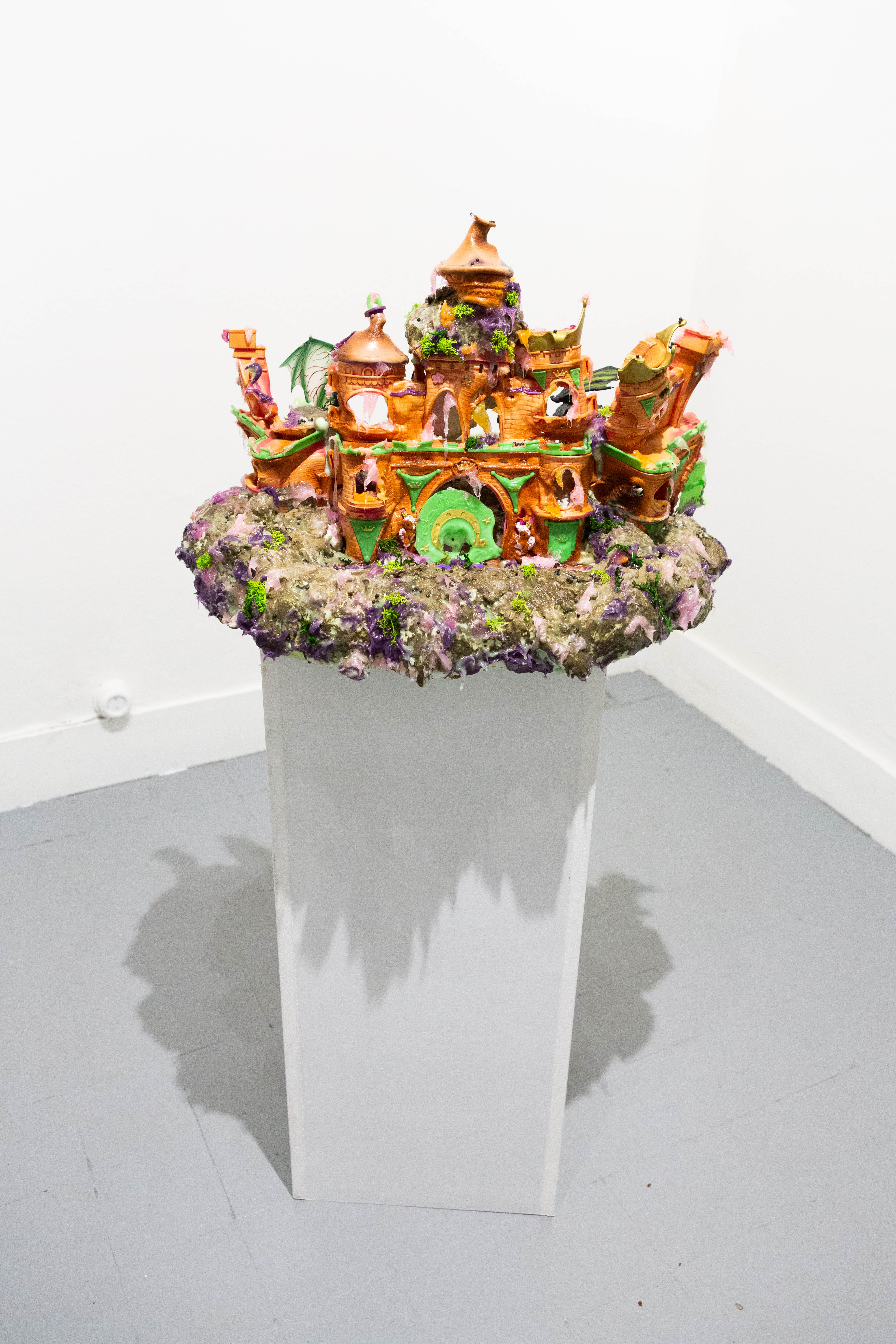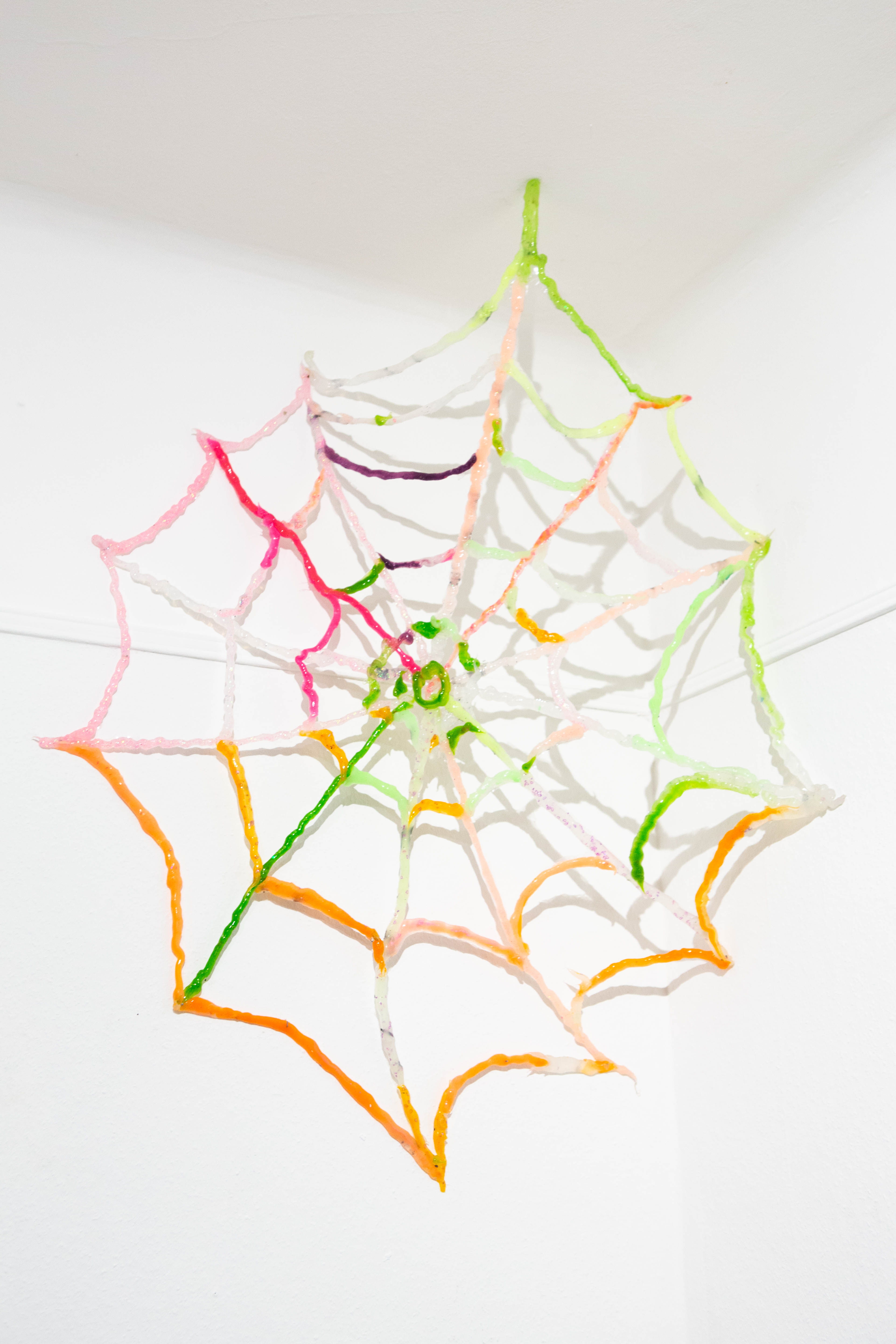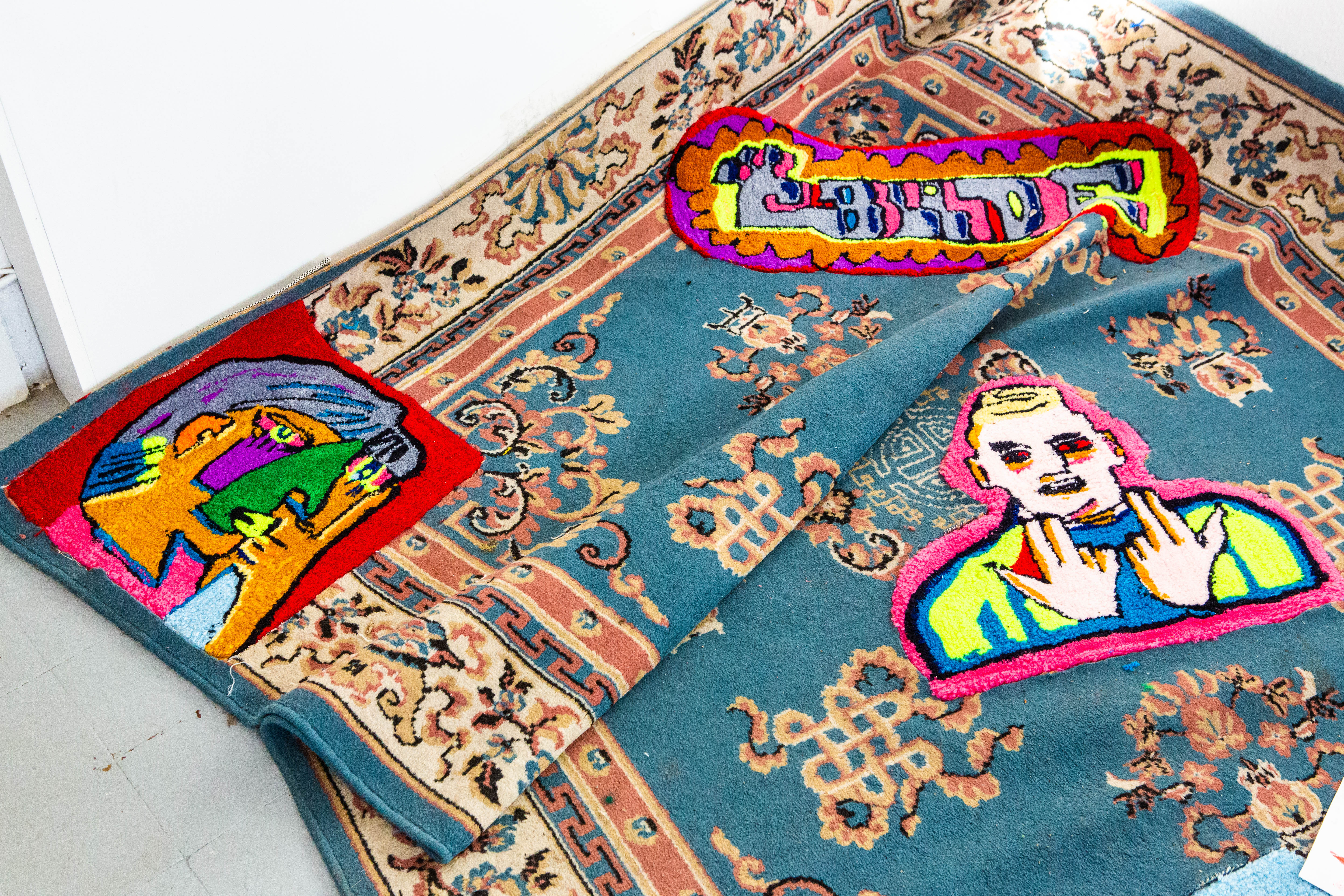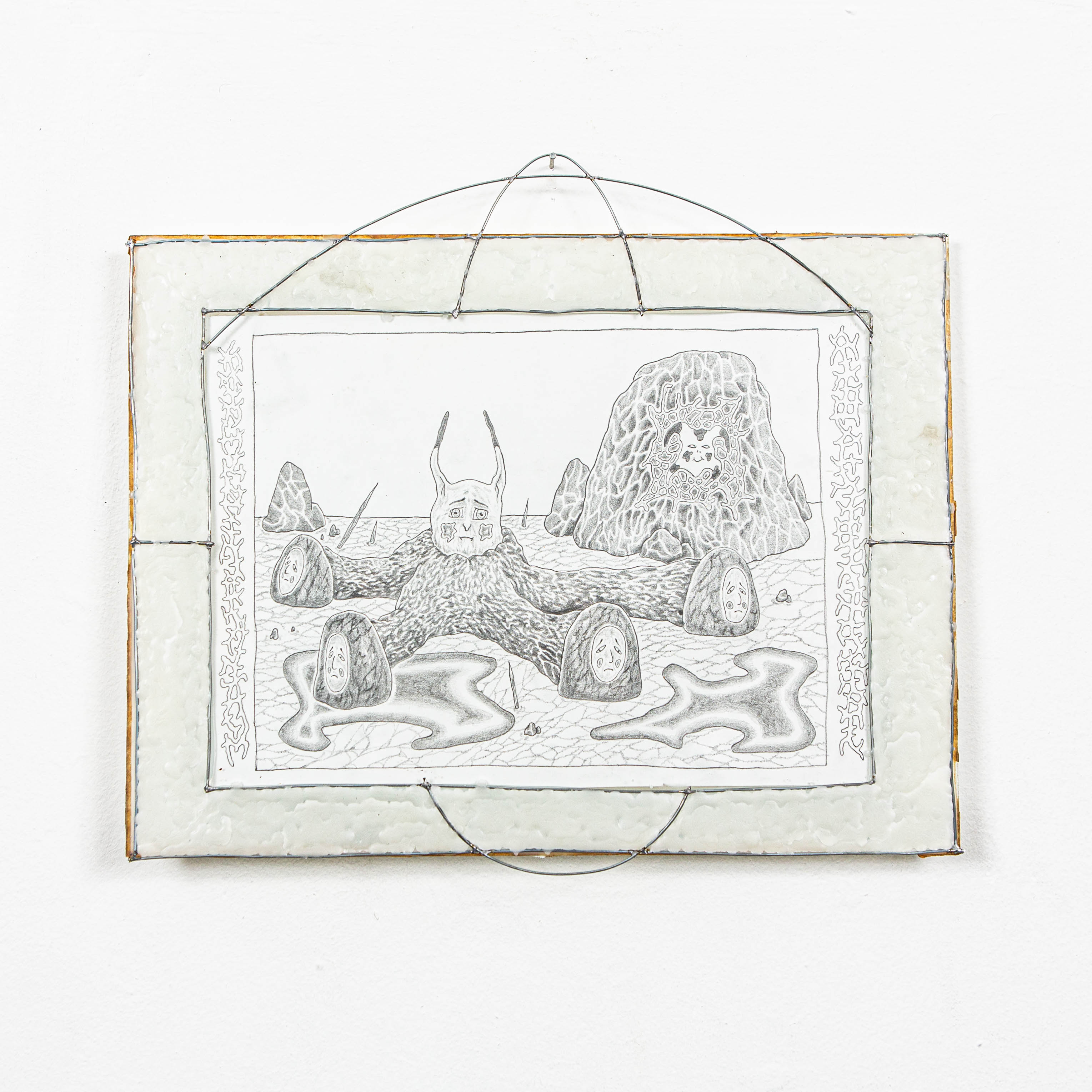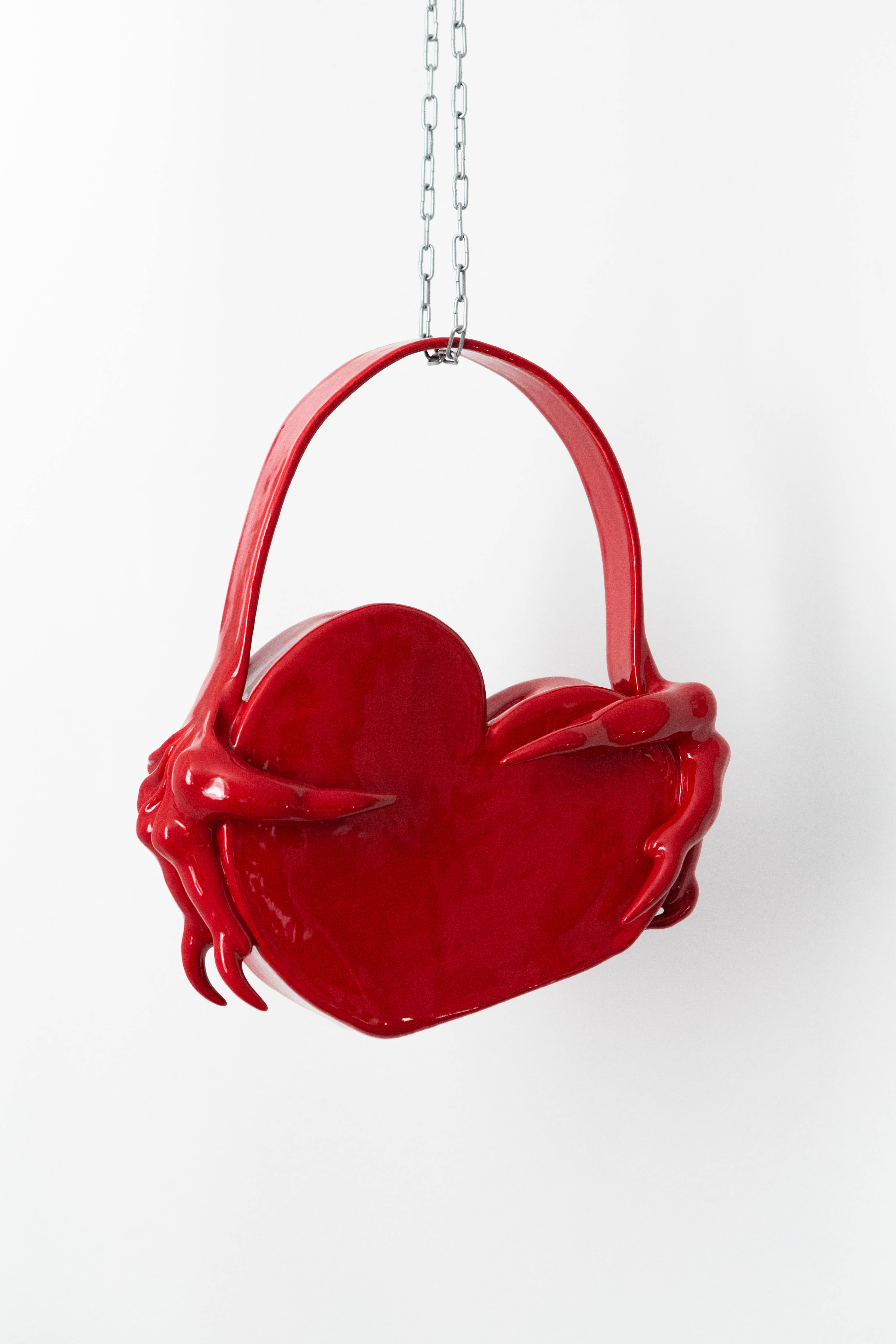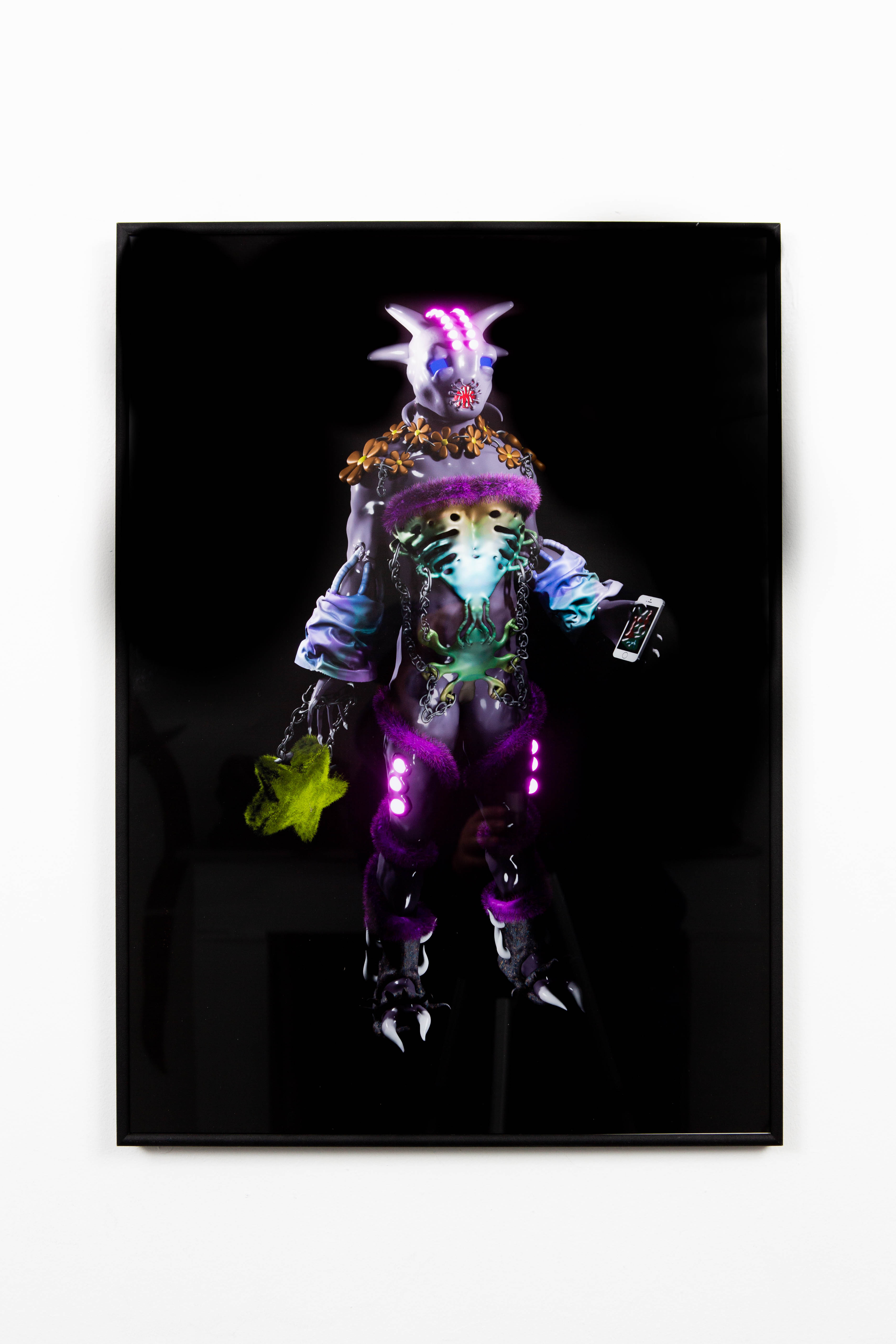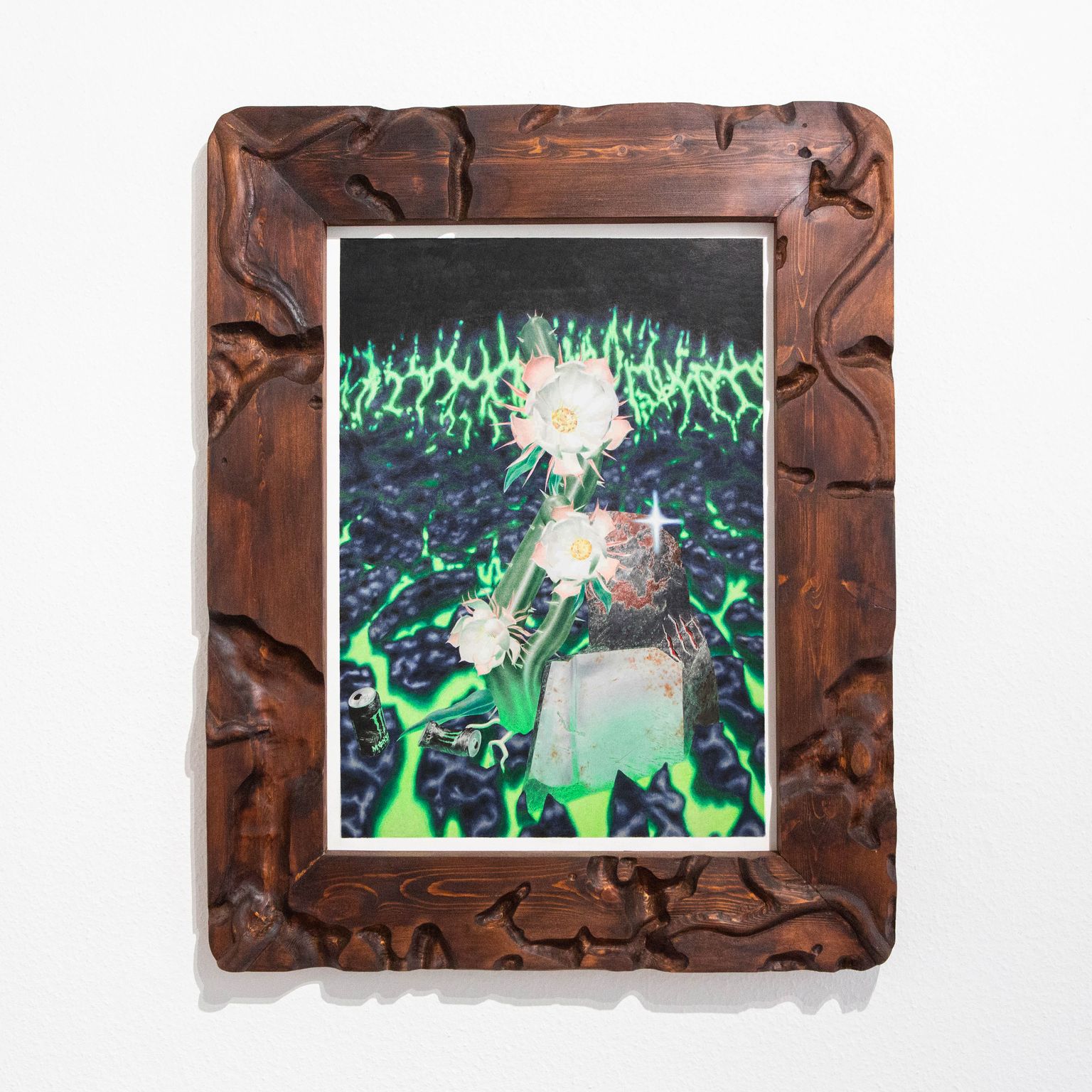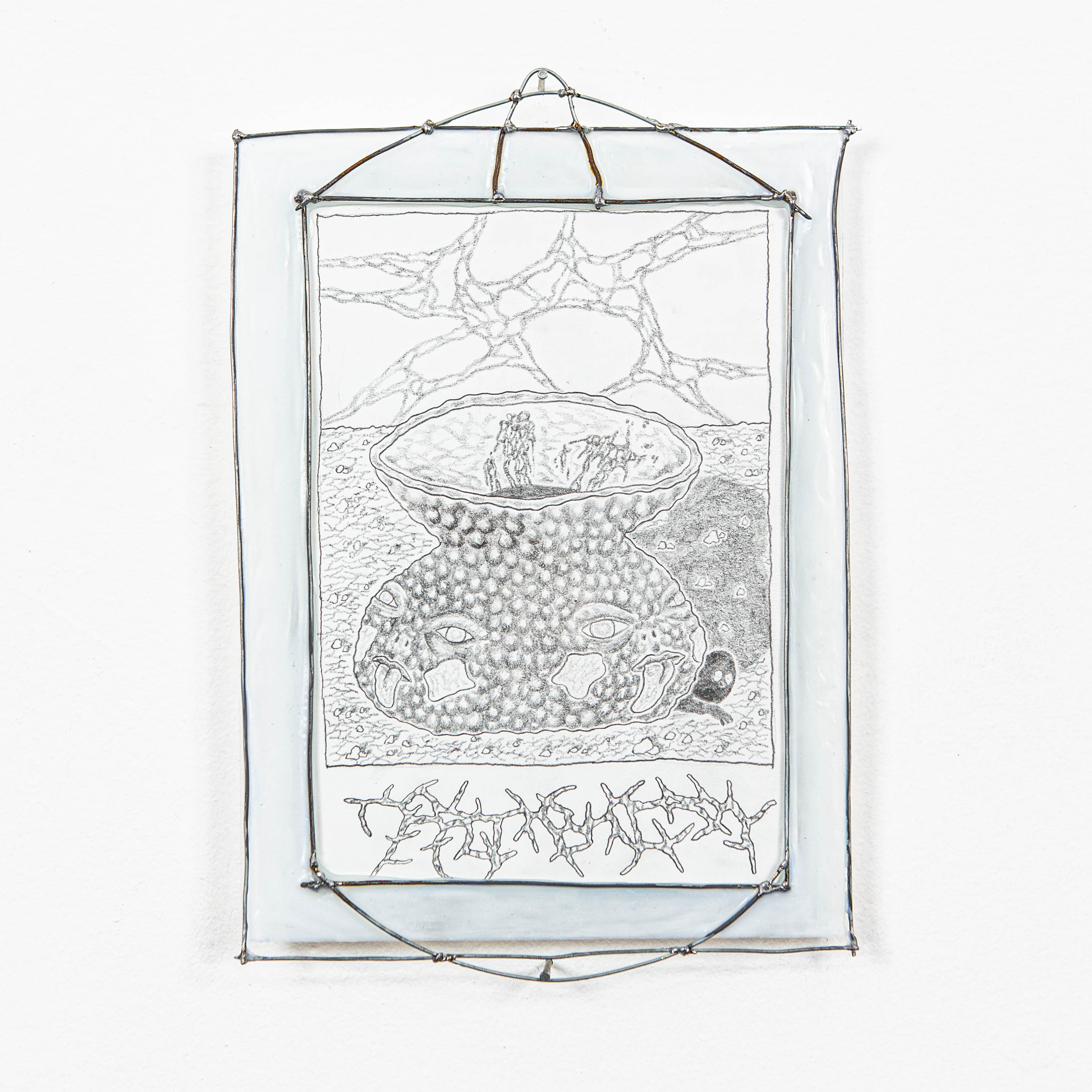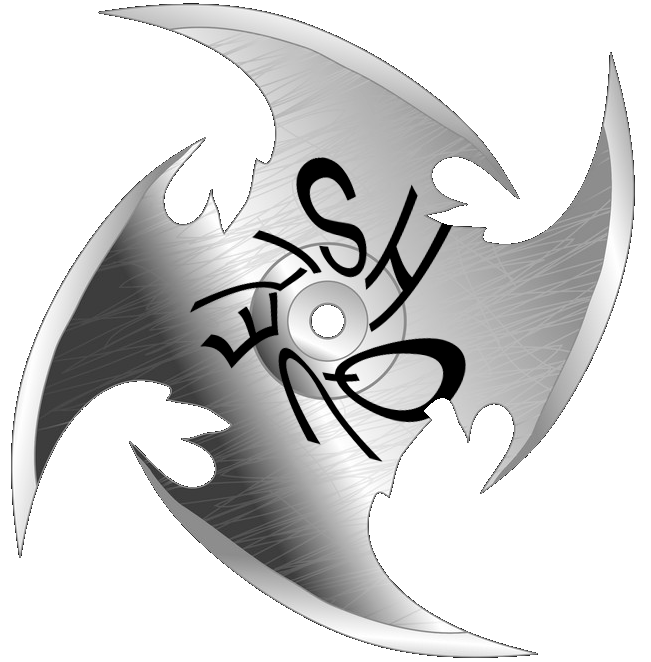𝒯𝓇𝑜𝓁𝓁𝒾𝓃𝑔 𝒯𝒽𝑒 𝒮𝓃𝑒𝒶𝓀𝓎 𝒦𝒾𝓃𝑔𝒹𝑜𝓂
#TrollingTheSneakyKingdom
at Normaal Gallery Brussels
Artist(s):
Aëla Maï Cabel @aela.mai.cabel
Tristan Gac @tristangac
Vincent Caroff @vincent_caroff
Katya Quel Elizarova @quelish
Naomi Gilon @naomigilon
Gaspard Hers @gaspard_hers
Juliette Jaffeux @couchninj4
Tommy Lhomme @tommylhomme
Llyazel @llyazel
Curator: Katya Quel Elizarova @quelish
Photography: Bogdan Hoyaux
10th Dec 2021 – 10th Jan 2022
Trolling is a term that came to us from the Internet and denotes the dissemination of provocative, deliberately false information in order to ridicule or stir up a conflict. For the reality of the generation of the second millennium, the line between the life in a virtual space and the social reality is becoming increasingly blurred, which transfers the language of Internet communities to all spheres of human activity. Trolling is becoming a definition of a common reaction to social events, conservative stereotypes, actions of governments, celebrities etc.
The troll character has many faces and is interpreted by each in his own way. A cute troll with acid hair from the collection of Norwegian toys, a troll from memes with a sarcastic grin, an evil forest gnome from fairy tales, a blunt bulky creature from fantasy, various types of trolls from computer games - all these images can slip through the imagination and find echoes in the aesthetics of the post Internet.
At the beginning of the 20s of the third millennium, the creation of memes is considered as an actual art genre at the academic level. The spirit is set by post-industrial teens who grew up on games and social media, Trump and fake news, pandemics and climate change. Inspired by sagas and computer role-playing odyssey, they build a certain cosmological attitude to the world in an artistic-aesthetic, philosophical-poetic and constructive-applied form.
Despite being digitalized and cyber-conscious, they are often based on archaic, gothic or mythical motives. Medieval and long-forgotten cults, fantasy civilizations and races are romanticized and pop-cultured. Many idealize civilization without technological intervention, while at the same time presented not as a return and nostalgia, but as a possible idyllic future. This generation had the time to witness the crisis of the lack of spirituality and anti-romanticism of post-industrialism, which gave impetus to the rejection of the minimalist view of art and the abstract conceptualism of the 20th century. Millennial children are distinguished by exaggerated aestheticism, relentless search for symbolism and awakening, obsession and anticipation of Doomsday. Their work expresses its malaise and madness in the modern world. World politicians do not act in their interests, the capitalist system seems to be a greedy all-destructive monster.
